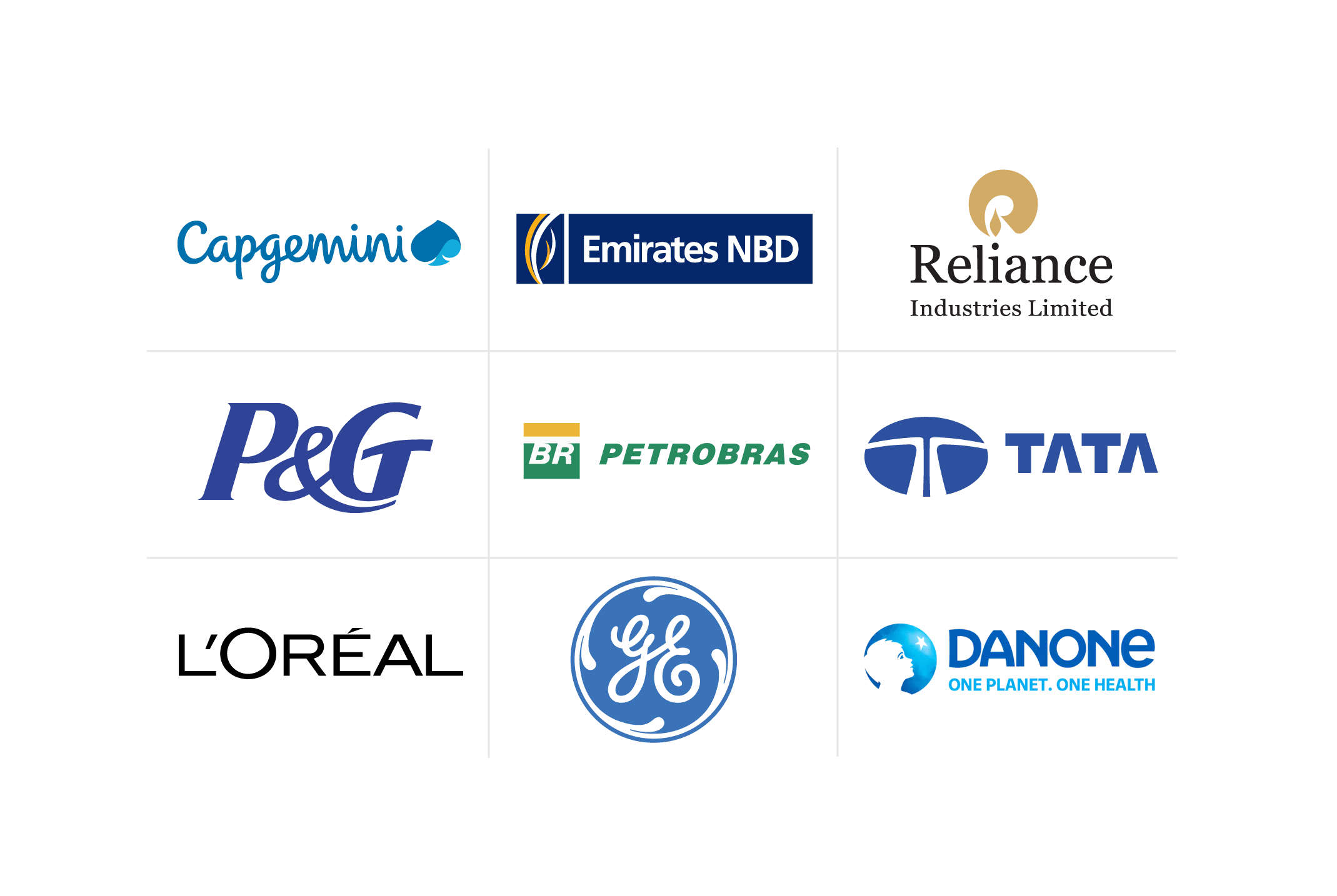Your Guide to Flex Time for 2026: Definition, Types, and More
Find out more about flex time and discover different types of flex schedules, the kinds of companies that offer flex time, and information about remote work.
![[Featured Image] Employees are at a conference table discussing a competency mapping strategy for their business.](https://d3njjcbhbojbot.cloudfront.net/api/utilities/v1/imageproxy/https://images.ctfassets.net/2pudprfttvy6/6o4lFar0QtYFfynSJe8f4K/737448532ca712e6caa4e831bcc7ec59/Businessman-pointing-at-executive-during-meeting-641970902_7952x5304.jpeg?w=1500&h=680&q=60&fit=fill&f=faces&fm=jpg&fl=progressive&auto=format%2Ccompress&dpr=1&w=1000)
Flex time empowers employees to adjust their work schedules to better suit their lives, responsibilities, and goals. Perhaps unsurprisingly, then, it may also boost worker well-being, productivity, retention, and job satisfaction.
Employers should take note. According to a 2022 report from Microsoft, 53 percent of surveyed employees say they now prioritize health and well-being more than work [1]. Rather than signaling to employees that working for you is an either-or—either you work for our company, or you focus on your health—flex time allows employers and employees to work together toward a mutually beneficial work schedule.
Below, we'll explore more about flex time, its types, and benefits to decide if it's the right choice for your company.
What is flex time?
Flex time refers to work schedules with varying – or "flexible" – start and end times based on employee preference. In practice, this means that flex time can look different from one employee or employer to another. For example, rather than requiring that all employees work the same 9 to 5 schedule, employers offering flex time might instead see each employee working slightly different hours and days based on their particular needs, responsibilities, and goals.
Before a flex-time schedule goes into effect, the employer and employee must first agree upon one that meets both their needs. Flex time, then, is a way for both parties to work together and identify a schedule that allows them to achieve their goals without sacrificing the value each offers the other.
Types of flex time
Just as different customer segments have different problems requiring different solutions, so too do workers. Fortunately, you don't have to conduct market research to identify the different types of flex time you can offer your employees: countless different types are already defined and used across numerous companies worldwide.
To help you get started, we've outlined some of the most popular types of flex time you might consider offering your workers to ensure everyone meets their goals – whether they be annual, quarterly, professional, or personal.
1. Compressed schedule
A compressed work schedule allows employees to condense their working hours into a shorter period of time, such as by working slightly extended hours for four days and half-time on the fifth day.
In a 5-4/9 schedule, for instance, an employee works eight nine-hour days, one eight-hour day, and then gets one day off over a two-week period. A 4-10 schedule, meanwhile, allows employees to work four 10-hour days each week and then get two extra days off (one per week) for a two-week work period.
2. Job sharing
Job sharing occurs when two or more people share one full-time position.
Typically, this involves two part-time workers who each work a designated number of hours and share responsibilities equally with one another. In some cases, job sharing may also occur when two or more workers share the duties of one full-time, unrelated position along the same budget line.
The coordination required to make job sharing successful means it best suits employees with strong communication and collaboration skills.
3. Split shift
A split shift schedule occurs when a worker has two (or more) work periods on the same day with a non-paid break of two or more hours between them. During this time, workers can use their free time however they wish before returning to work to finish out their day. Restaurant workers, for example, might do prep work for a few hours in the morning before returning later in the afternoon to cover the dinner shift.
The split shift in Spain
The split shift isn't an entirely novel idea in the workplace. In Spain, for instance, it's common for employers to offer split shift schedules due to the siestas – or afternoon breaks – the country is famous for.
4. Staggered schedule
A staggered work schedule has employees arrive at and leave from work at staggered times from one another. For example, while one group of employees may come to work in the morning and leave in the early evening, another may arrive in the afternoon and leave later at night.
Staggered work schedules can help reduce workplace congestion, allow for easier access to popular on-premise facilities like childcare or cafeterias, and enable employees to fulfill out-of-work family responsibilities. By allowing employees to come in earlier or later based on their preference, employers may also help raise worker productivity thanks to employees working at times when they're personally most productive.
5. Short-term flex time
Short-term flex time occurs when an employer offers a flexible schedule for a particular period of time before returning to regular work hours for another period.
Although the concept may sound new, there are numerous examples of short-term flex time that many of us are likely already familiar with in the work world. Teachers, for instance, are required to work a regular, set schedule throughout the school year while also dedicating several weeks of half-time days before and after it to plan during students' summer breaks. It's also not uncommon, for example, for new parents to re-enter the workplace with reduced hours as they adjust to their new life responsibilities following a child's birth.
6. Varied-day flex time
A varied-day schedule occurs when an employee works different hours on different days of the week. This means that employees can start work earlier or later depending on their responsibilities, effectively empowering them to make time for their personal and professional life priorities as they see fit.
For example, under a varied day schedule, an employee might work from 8 a.m. to 5 p.m. every Monday, Wednesday, and Friday but from 6:30 a.m. to 3:30 p.m. every Tuesday and Thursday. Varied-day flex time might work well for employees with additional obligations, like a college class two days per week or child/parent caregiving.

Flex time advantages for employers
Flex time offers several advantages to employers. In addition to giving employees greater flexibility within the workplace, employers can use flex time to attract more qualified workers, boost worker productivity and satisfaction, retain valued employees, and potentially even save and boost earnings. Explore more of these points below.
1. Better-quality workers
Many workers enjoy flexible work schedules, so employers who offer flex time are often more sought-after than those who don't. Consequently, organizations that offer flex time as a work benefit may find that they attract more well-qualified workers to their positions than their competitors.
2. Improved job satisfaction and productivity
Employee energy levels can differ drastically from one to another, depending on the time of day. While some workers may be most productive in the morning, others may find they do their best work later in the day. Flex time has the potential to boost both employee job satisfaction and productivity by empowering workers to schedule their tasks at their personal peak performance times.
3. Employee retention
Employees who receive benefits that enhance work-life balance will likely feel less stressed and more fulfilled in their jobs. This means that they're also less likely to look for a job elsewhere, which can help employers save on costly job searches.
4. Money savings and greater income
Offering flex time can help companies save and make more money. Studies suggest employees will often trade benefits like a flexible schedule for a raise in pay [2]. Furthermore, according to research from the University of Oxford, happier workers tend to be about 13 percent more productive on the job [3], which may also increase your bottom line.
Flex time and remote work disadvantages for employers
Many employees appreciate remote work and flex time in the workplace. Nonetheless, there are some potential downsides that employers should know about. These include:
- Lack of connection between employees
- Inability to create and foster a company culture
- Work emails and texts arriving at varying times of the day and night
Empower your workforce with Coursera
Promote leadership skills throughout your organization by developing employees who innovate and inspire. With the Leadership Academy from Coursera, employees can learn the skills needed to lead your business into the future. With Coursera for Business, you’ll build effective managers at every level with beginner and advanced-level leadership content, including 40+ SkillSets to drive soft skill proficiency across the entire organization.
Article sources
Microsoft. "Great Expectations: Making Hybrid Work Work, https://www.microsoft.com/en-us/worklab/work-trend-index/great-expectations-making-hybrid-work-work." Accessed May 30, 2024.
This content has been made available for informational purposes only. Learners are advised to conduct additional research to ensure that courses and other credentials pursued meet their personal, professional, and financial goals.

